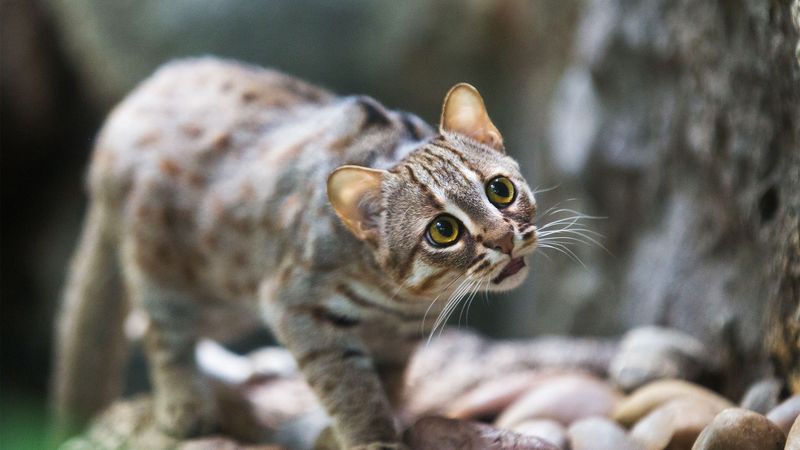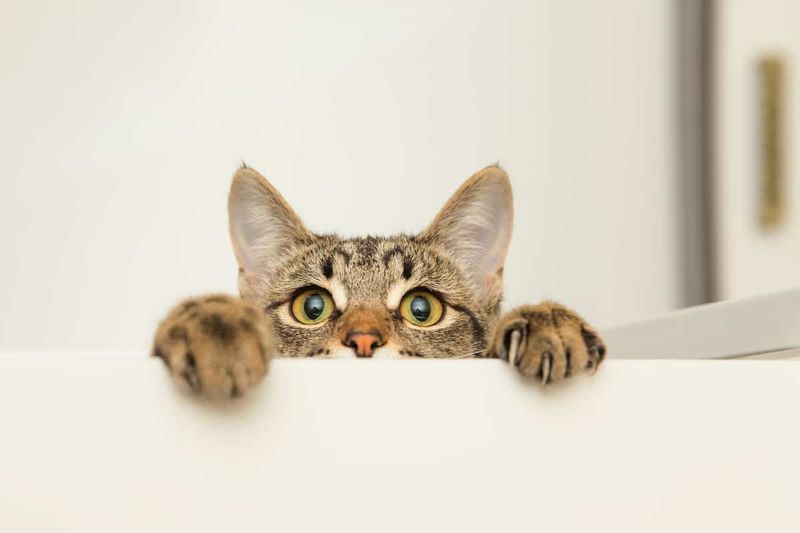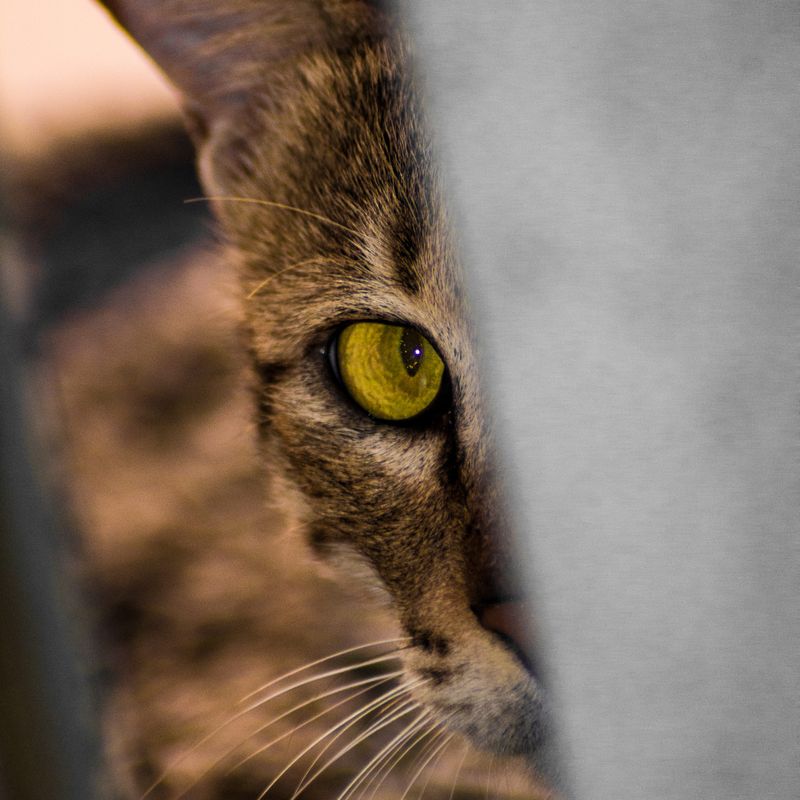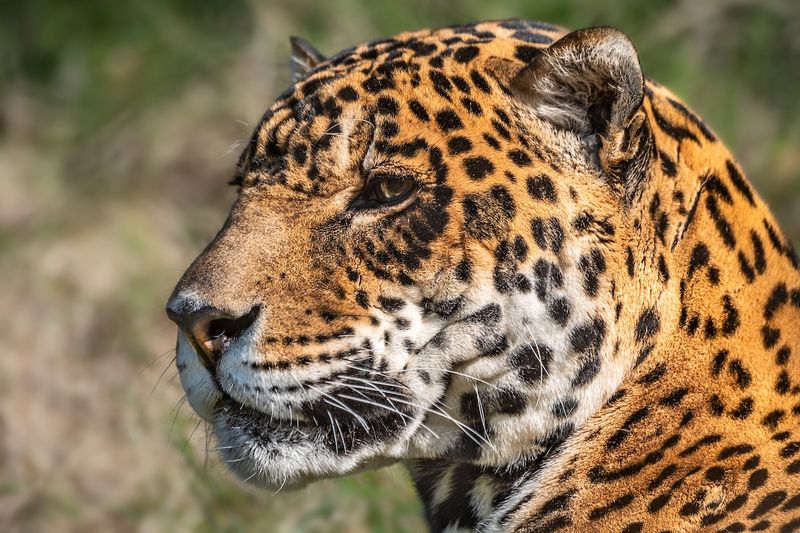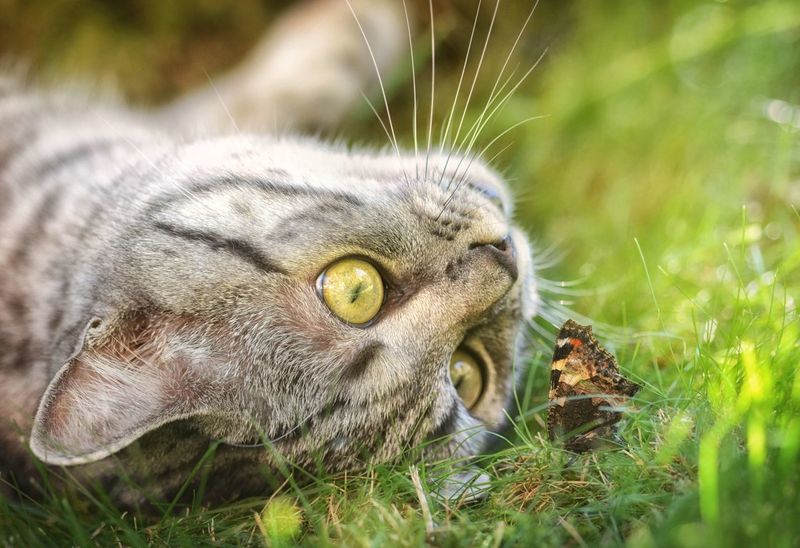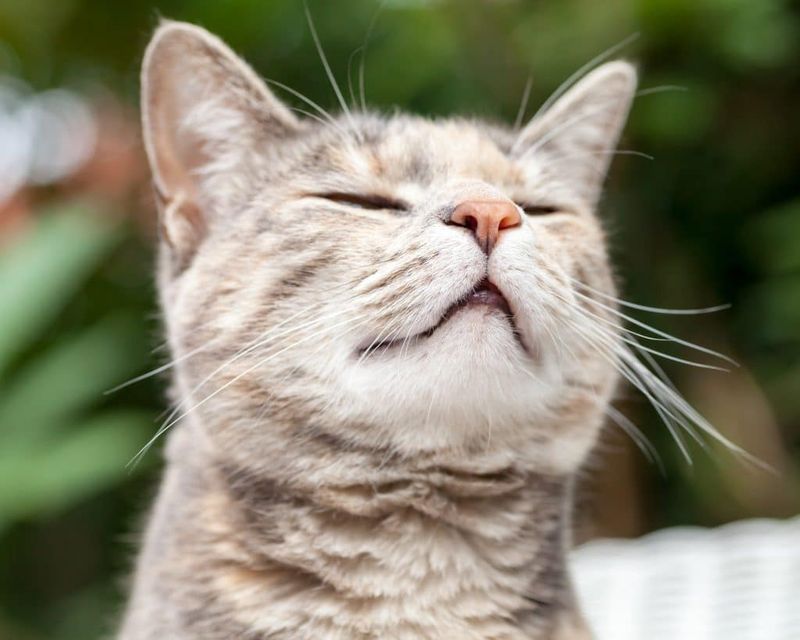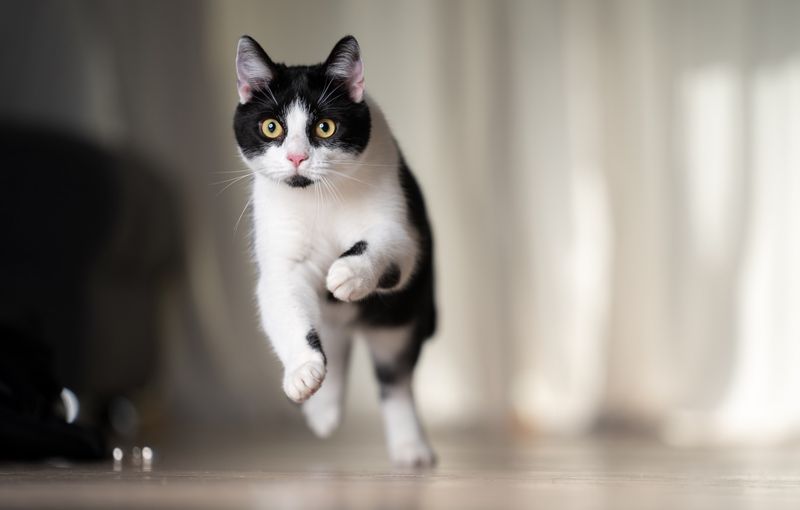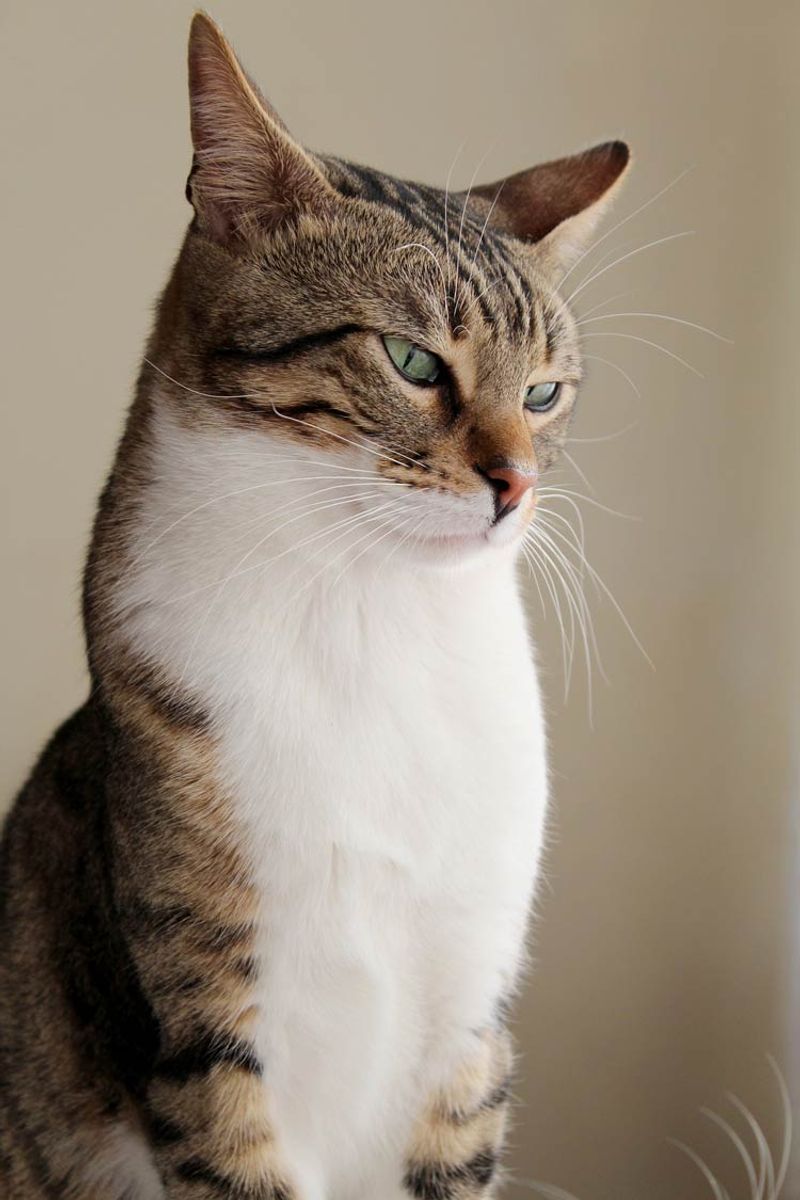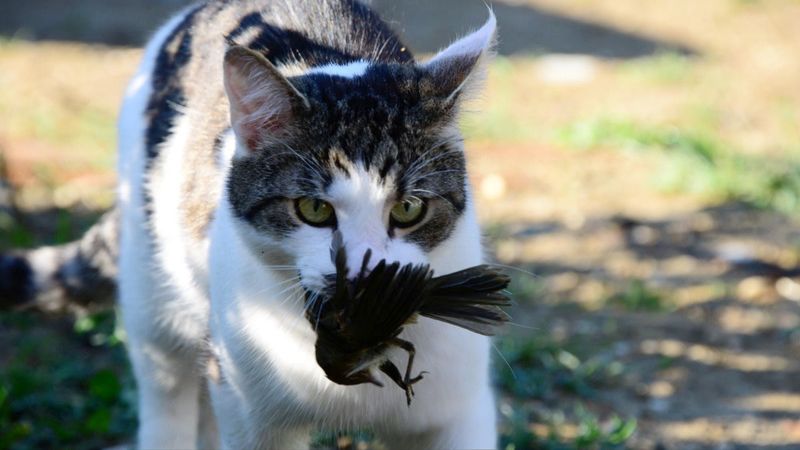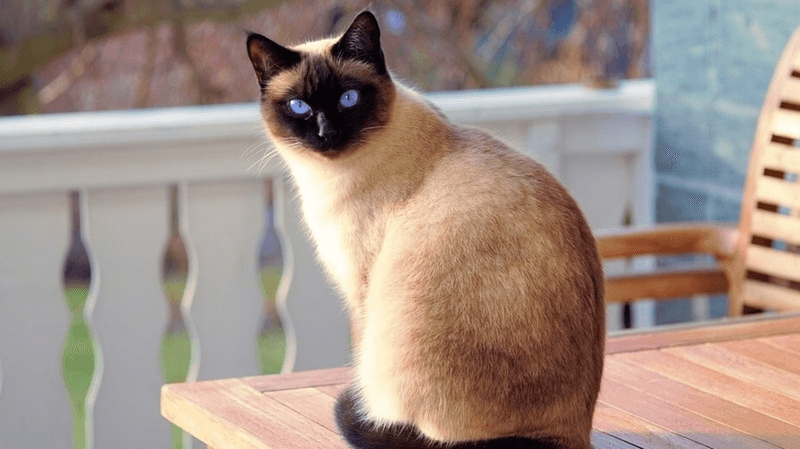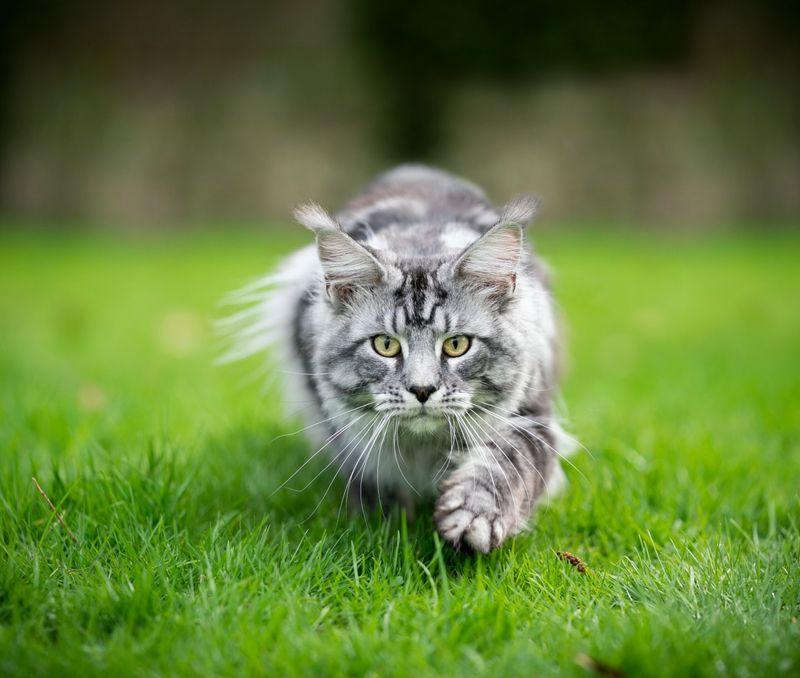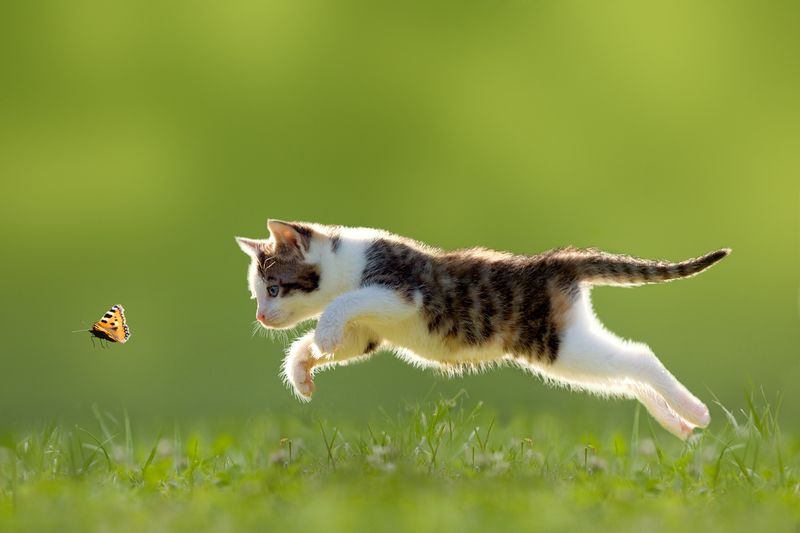📖 Table of Content:
Cats have long been admired for their remarkable hunting abilities, a trait that has been honed over millennia of evolution. From domestic felines pouncing on toys to wild cats stalking their prey, their natural hunting instincts are both captivating and powerful. These behaviors are a testament to their role as skilled predators in the animal kingdom.
The secret to their hunting success lies in a combination of physical traits and refined instincts. Their bodies are perfectly built for stealth, agility, and precision, with every feature designed for efficiency in capturing prey. Their sharp senses, from acute hearing to exceptional sight, play a crucial role in detecting and responding to the smallest movements.
Cats are not just skilled predators but also masters of patience and strategy. Their hunting techniques are shaped by their need to survive, relying on a mix of calculated movements and quick reflexes. Understanding these 15 traits reveals the incredible adaptability and prowess that make cats some of the most efficient hunters in nature.
1. Stealthy Movement
Cats possess an uncanny ability to move with grace and silence, a trait that serves them well in hunting. Their padded paws allow them to tread softly, minimizing noise and vibrations that could alert prey. This stealthy movement is coupled with a keen sense of timing, enabling them to approach unsuspecting prey without being detected.
In the wild, this means that a cat can get within striking distance before the target has a chance to react. Even in domestic settings, this stealth can be observed in the way a cat plays with its toys, mimicking the hunt.
2. Acute Hearing
One of the standout features of a cat’s hunting ability is its sharp hearing. With the capacity to hear frequencies beyond the range of human perception, cats can detect even the most subtle sounds of movement. This heightened sense allows them to hunt effectively, even when prey is far off.
Their ears are highly mobile, able to swivel independently to pinpoint the direction of sounds. This ability to localize sound is crucial during a hunt, helping cats to track and ambush prey with precision. Whether in a forest or urban setting, a cat’s hearing plays an integral role in its hunting strategy.
3. Sharp Vision
With incredible vision, cats are finely tuned for low-light hunting. Their eyes are equipped with an abundance of rod cells that allow them to see clearly in the dark. The tapetum lucidum, a unique feature of their eyes, enhances light sensitivity, making them the ultimate nocturnal predators.
This superior night vision enables them to hunt effectively at dawn and dusk when many prey animals are active. Sharp vision is not just about seeing in the dark; it also aids in detecting the slightest movements that might betray a hidden target.
4. Retractable Claws
One of the secrets to a cat’s effectiveness as a hunter lies in its retractable claws. Sheathed when not in use, they help cats glide effortlessly and silently through their environment. When prey is spotted, those claws spring into action, ensuring a perfect grip.
During a hunt, claws play a pivotal role in securing prey, providing a firm hold and preventing escape. This adaptation not only enhances their hunting efficiency but also protects their claws from wear and tear, ensuring they remain effective tools for climbing and self-defense.
5. Flexible Spine
With a spine designed for flexibility, cats are able to change direction at lightning speed during a chase. This agility is what makes them formidable predators, able to twist, turn, and accelerate without losing pace. It’s this perfect blend of speed and flexibility that makes it difficult for prey to outrun them.
The spine’s elasticity also contributes to a cat’s ability to leap great distances, providing a significant advantage in capturing prey. Whether navigating through dense underbrush or leaping onto high perches, a cat’s spine is integral to its prowess as a hunter. This flexibility is a testament to their evolutionary refinement.
6. Powerful Jaws
When hunting, cats rely on their strong jaws to deliver a lethal, accurate bite. The structure of their jaws ensures they can strike with speed and power, bringing down prey in a matter of seconds. Their sharp teeth, particularly the long canines, are ideal for gripping and holding on.
This trait is crucial when cats catch their prey, as it ensures that the prey is subdued effectively. The jaw’s design also aids in carrying prey back to a safe location where it can be consumed without threat from other predators. Strong jaws are a hallmark of a cat’s predatory efficiency.
7. Silent Stalking
Stealthy movements are second nature to cats, making them exceptional hunters. They crouch low and inch forward carefully, blending into their environment to remain undetected. This allows them to sneak up on prey, closing in without any warning.
The element of surprise is their ally, often allowing them to leap upon prey before it has a chance to react. This silent stalking technique is honed through play and practice, evident even in domestic cats as they chase toys or insects in the home environment.
8. Heightened Sense of Smell
Cats possess a heightened sense of smell that enhances their hunting abilities. Their sensitive olfactory receptors can detect the scent of prey and other animals in the vicinity. This sense of smell allows them to identify and track potential meals, even when they are out of sight.
Scent marking through pheromones is also a part of their communication, helping them establish territories and identify other animals. Whether in the wild or at home, a cat’s sense of smell plays a vital role in their daily interactions and hunting strategies, contributing to their success as predators.
9. Quick Reflexes
Swift as a shadow, cats’ reflexes let them react in a heartbeat, whether stalking or playing. Their instincts, sharpened by countless pounces and swipes during play, give them an edge when it’s time to hunt.
This agility helps them avoid potential threats and capture elusive prey, making them highly effective hunters. Whether jumping to a high perch or swatting at a passing insect, a cat’s reflexes are finely tuned for survival. Their ability to quickly adapt to changing dynamics in a hunt is a testament to their evolutionary success as predators.
10. Keen Balance
With unparalleled balance, cats glide through their surroundings like acrobats. Their tail provides a counterbalance, giving them the stability needed to navigate narrow spaces and leap from one obstacle to the next. This ability plays a key role when pursuing prey through challenging or cluttered terrain.
Cats’ inner ear structures are finely tuned to detect changes in position, helping them maintain stability. Whether it’s walking along a fence or landing gracefully after a jump, their sense of balance is crucial for both hunting and everyday movement. This ability enhances their reputation as nimble and skilled hunters.
11. Camouflage
The ability to camouflage is a critical asset for cats when hunting, enabling them to move unnoticed through their habitat. Their coat blends harmoniously with the environment, hiding them from potential prey. This natural advantage allows cats to stay undetected until it’s time to strike.
This adaptation is particularly evident in wild cats, where fur patterns like spots or stripes help break up their outline in the foliage. Domestic cats also display this trait, with coat colors that can blend into urban settings. Camouflage gives cats a strategic advantage, making it easier to ambush prey and survive in diverse habitats.
12. Social Hunting Strategies
While many cats are solitary hunters, some species exhibit social hunting strategies that enhance their success rate. Lions, for example, are known for cooperative hunting, where group coordination helps in bringing down larger prey.
This teamwork involves strategic positioning and synchronized attacks, demonstrating advanced communication skills and social bonds. Even in domestic settings, cats may display cooperative behaviors during play, mimicking these social strategies. Such tactics highlight the adaptability and intelligence of cats as hunters, showcasing their ability to work together to achieve a common goal.
13. Adaptability
A cat’s hunting success is heavily influenced by its ability to adapt to different situations. Whether there’s a change in the availability of prey or alterations in the environment, cats can quickly modify their approach. This adaptability helps them flourish in diverse environments, ranging from dense forests to crowded cities.
Cats can adjust their strategies, such as varying their stalking speed or altering their ambush tactics, to suit the situation. This resilience is an evolutionary advantage, ensuring their survival across different climates and challenges. Cats’ ability to adapt highlights their intelligence and resourcefulness as hunters, making them formidable predators.
14. Curiosity
The desire to explore drives a cat’s hunting instincts, encouraging them to investigate new areas in search of potential prey. Their keen sense of curiosity leads them to uncover hidden opportunities in their environment. This drive is often reflected in their playful behavior, where they experiment with various hunting strategies.
In the wild, this trait helps cats learn about their environment and identify hunting opportunities. The inquisitive nature of cats not only fuels their hunting strategies but also contributes to their overall intelligence and adaptability. By exploring their world, cats continuously refine their skills as adept hunters.
15. Endurance
While cats are famous for their rapid bursts of speed, their endurance allows them to stay persistent during longer chases. Their ability to maintain a consistent pace while tracking prey ensures they can wear down even the fastest animals. This stamina is an essential aspect of their hunting success.
This endurance ensures that they can adapt to different hunting scenarios, whether it’s a quick chase or a drawn-out stalk. In domestic cats, this trait is mirrored during extended play sessions, reflecting their natural hunting instincts. Endurance complements their agility and strength, making cats well-rounded hunters capable of tackling a variety of challenges.

